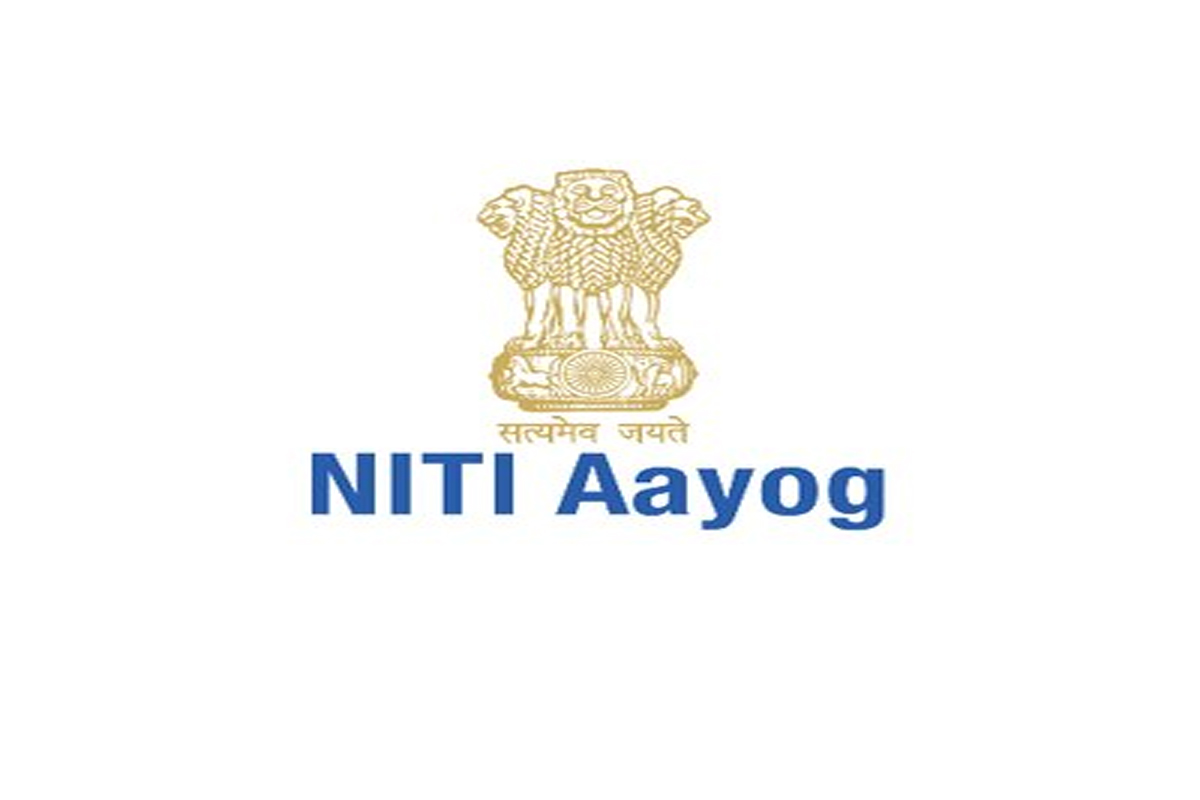Showcasing a milestone achievement of the Prime Minister Narendra Modi-led NDA government, findings of a NITI Aayog paper on Monday stated that 24.82 crore people escaped multidimensional poverty in the past nine years.
Findings of NITI Aayog’s Discussion Paper ‘Multidimensional Poverty in India since 2005-06’ give credit for this remarkable achievement to significant initiatives of the government which address all dimensions of poverty between 2013-14 to 2022-23.
Advertisement
Significantly, the paper also highlighted that India is likely to achieve its SDG target of halving multidimensional poverty well before 2030.
The Government’s persistent dedication and resolute commitment to enhancing the lives of the most vulnerable and deprived have been instrumental in this accomplishment, it said.
According to the Discussion Paper, India has registered a significant decline in multidimensional poverty in India from 29.17 per cent in 2013-14 to 11.28 per cent in 2022-23 recording a reduction of 17.89 per cent.
The Multidimensional Poverty Index (MPI) is a globally recognised comprehensive measure that captures poverty in multiple dimensions beyond monetary aspects.
In a state-wise analysis, Uttar Pradesh registered the largest decline in the number of poor with 5.94 crore people escaping multidimensional poverty during the last nine years followed by Bihar at 3.77 crore, Madhya Pradesh at 2.30 crore and Rajasthan at 1.87 crore.
The paper further shows that the pace of decline in poverty headcount ratio using the exponential method was much faster between 2015-16 to 2019-21 at 10.66 per cent annual rate of decline, as compared to period 2005-06 to 2015-16 at 7.69 per cent annual rate of decline.
Notably, all the 12 indicators of MPI have recorded significant improvement during the entire study period.
In order to assess the poverty levels in the year 2013-14 against the current scenario of 2022-23, projected estimates have been used due to data limitations for these specific periods, NITI Aayog said.
Highlighting various government initiatives, it discussed Poshan Abhiyan and Anemia Mukt Bharat that have significantly enhanced access to healthcare facilities, leading to a substantial decrease in deprivation.
Operating one of the world’s largest food security programmes, the Targeted Public Distribution System under the National Food Security Act covers 81.35 crore beneficiaries, providing food grains to rural and urban populations, it said.
Recent decisions, such as extending free food grain distribution under Pradhan Mantri Garib Kalyan Anna Yojana for another five years, exemplify the government’s commitment. Various programs addressing maternal health, clean cooking fuel distribution through Ujjwala Yojana, improved electricity coverage via Saubhagya, and transformative campaigns like Swachh Bharat Mission and Jal Jeevan Mission have collectively elevated living conditions and overall well-being of people, the Discussion Paper said.
Additionally, flagship programmes like Pradhan Mantri Jan Dhan Yojana and PM Awas Yojana have played pivotal roles in financial inclusion and providing safe housing for the underprivileged.
The discussion paper was released by Prof Ramesh Chand, Member, NITI Aayog in the presence of BVR Subrahmanyam, CEO NITI Aayog.
Oxford Policy and Human Development Initiative (OPHI) and United Nations Development Programme (UNDP) have provided technical inputs for this paper.











